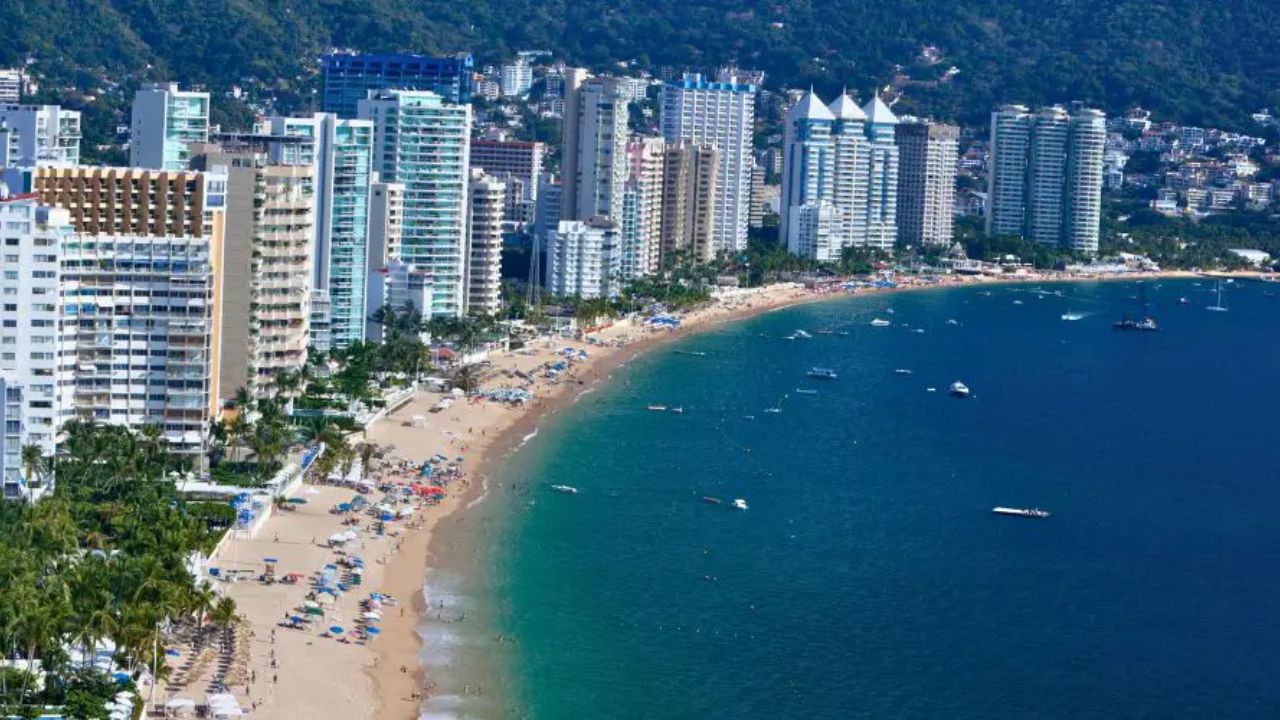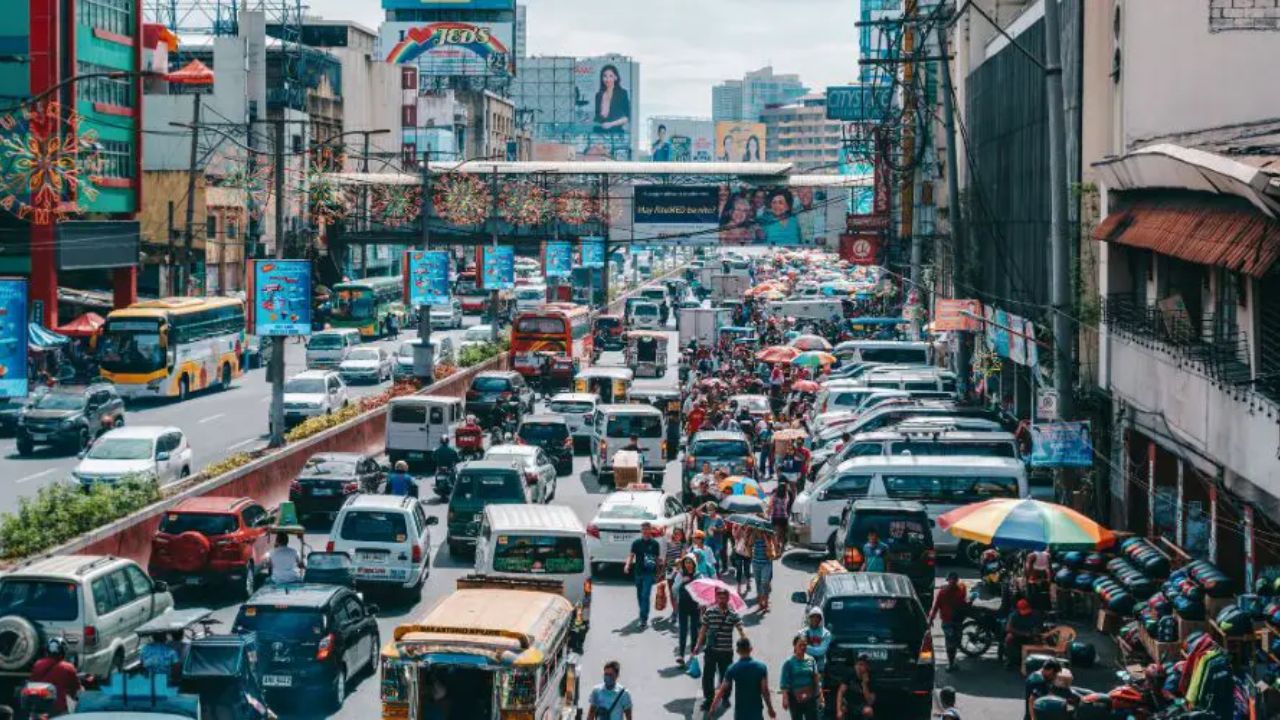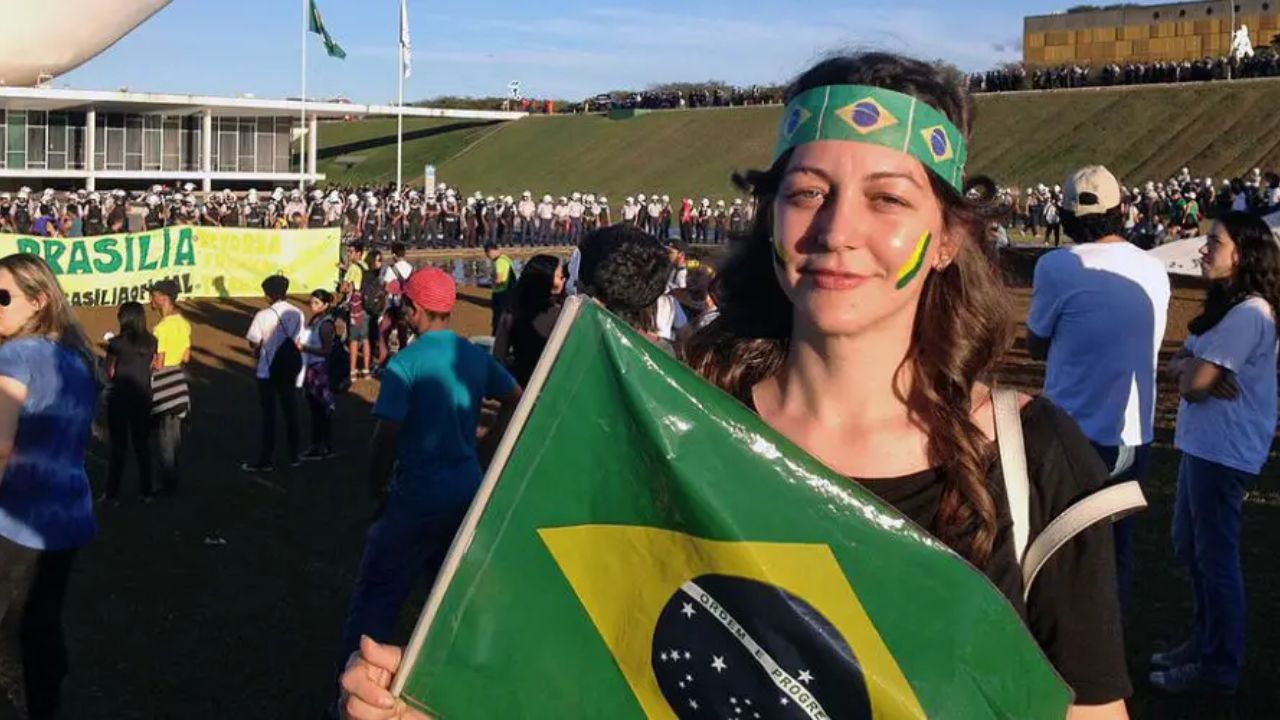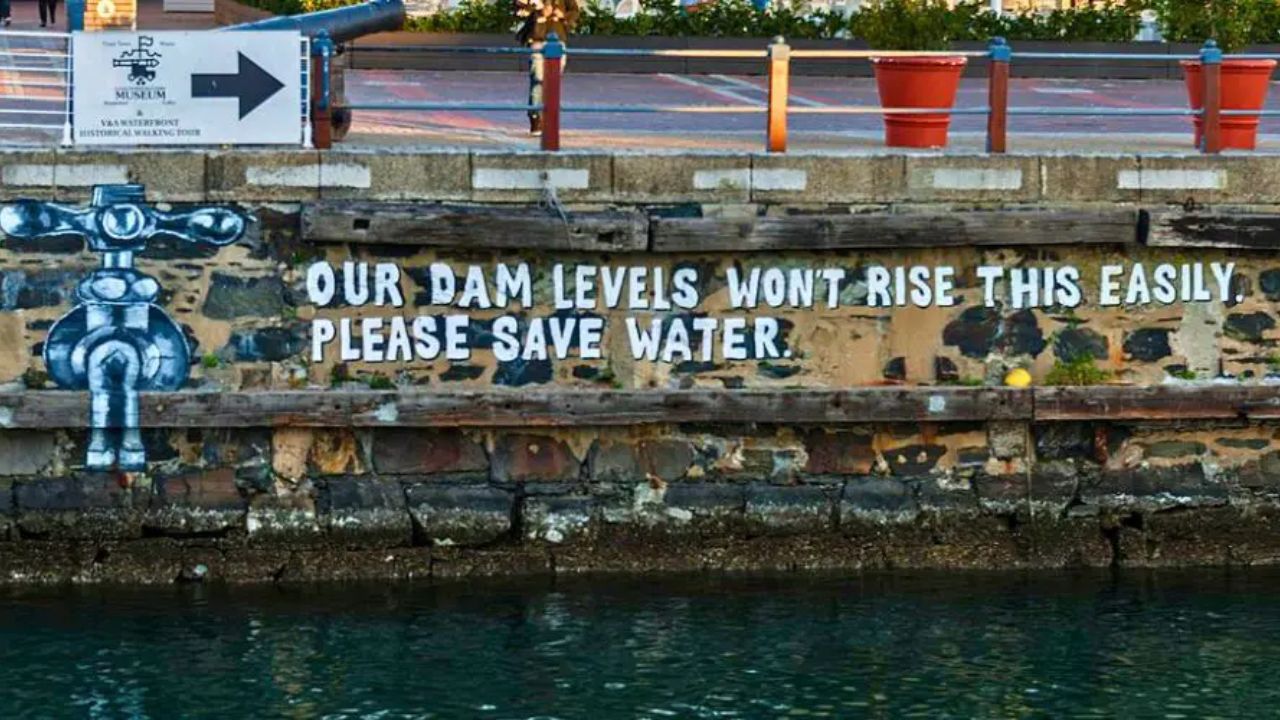Beneath the glossy veneer of the world’s most beloved travel destinations lies a shadowy underbelly where the eroding mask of glamour reveals a disturbing darkness in tourist hot spots. These are the darkest hours in the world’s otherwise most beloved travel destinations. Examining these contrasts helps us uncover truths while understanding the resilience and vulnerabilities that shape these communities.
We selected these events based on their significant impact on local communities and their international repercussions. Each instance contributes to a broader narrative about the intersection of local issues with global visibility. They offer a comprehensive view of how complex challenges can place a scarlet letter in even the most idyllic settings.
The Drug Cartel Wars in Acapulco, Mexico

Acapulco’s violent transformation from a glamorous Hollywood getaway to a battleground for drug cartels became starkly apparent. Once a playground for celebrities like John Wayne and Frank Sinatra, the city faced a grim reality shift.
By the end of the century, the stars completely faded, and Acapulco became a strategic location for cartels drawn by its port, internal drug market, and nearby poppy fields.
The violence reached a tipping point on January 27, 2006, during a fierce firefight at a major crossroads in the Garita neighborhood. One local business owner marked this specific incident as the beginning of a dark era. “That’s when all the sadness and all the evil began in Acapulco,” he recounted, having witnessed his jewelry businesses collapse amid the city’s deteriorating safety and economy.
The situation escalated dramatically three months later when the cartels mounted the severed heads of two police officers on poles near the site of the shootout. The horrific display came with a chilling message that warned against disrespect. It revealed the brutal tactics of the cartels and solidified Mexico’s darkness in tourist hot spots, including respect for life and law, which were once glimmering spectacles of the community.
The Tivoli Gardens Incursion in Kingston, Jamaica

In May 2010, Kingston was thrust into a severe crisis known as the Tivoli Gardens Incursion. This conflict erupted when Jamaican security forces launched a significant operation to capture the notorious drug lord Christopher “Dudus” Coke following an extradition request from the United States. The operation quickly escalated into an intense urban battle in the heart of Kingston.
Over the course of May 24-25, the violence claimed the lives of at least 73 civilians and wounded 35 others while also resulting in the deaths of four security personnel. Officials arrested more than 500 individuals as the city became a war zone, with security forces engaging gunmen who were determined to protect Coke.
The scale of the violence was so extensive that Prime Minister Golding, reported to have affiliations with Coke, expressed his shock at its magnitude. The unrest exposed Jamaica’s darkness in tourist hot spots, including the entrenched connections between political leaders and criminal enterprises and systemic failures in law enforcement and governance.
Despite the turmoil, authorities didn’t capture Coke during the incursion but arrested him a month later on the outskirts of Kingston.
The Tivoli Gardens Incursion raised eyebrows across the globe as it contrasted with Kingston’s image as a musical haven and cultural hub. It exposed the complex dynamics of corruption, crime, and political intrigue lurking beneath its surface. The compromised values of trust and integrity also called into question the effectiveness of the rule of law in safeguarding citizens and maintaining social order in a major tourist destination.
The Bali Bombings in Indonesia

On October 12, 2002, a devastating series of bombings rocked the idyllic island of Bali. It would prove to be Indonesia’s worst act of terror. The tourist district of Kuta, which was usually bustling with life, turned into a scene of chaos and destruction as bombs exploded at popular nightclubs and near the United States consulate in Denpasar. The bombings claimed the lives of 202 people from over 20 different nationalities and injured an additional 209.
Members of the violent Islamist group Jemaah Islamiyah orchestrated the attacks, shattering the peace of Bali and exposing vulnerabilities such as safety, tolerance, and unity in the face of terrorism. The bombings spurred a global reevaluation of security measures to thwart the darkness in tourist hot spots and fostered international cooperation against terrorism.
In the bombings’ aftermath, the Indonesian government captured and convicted several key perpetrators. A 2005 police raid killed Azahari Husin, the technical mastermind behind the bombings. A shootout in 2010 eliminated Dulmatin, another top figure.
These responses demonstrated Indonesia’s commitment to justice and the restoration of safety, yet the scars of the 2002 bombings linger. They’re a painful reminder of the ongoing battle between human life and extremist threats.
Hurricane Katrina Devastates New Orleans

From birthing Jazz to celebrating Mardi Gras, New Orleans is a top vacation destination for folks around the world. But in 2005, Hurricane Katrina inflicted catastrophic damage on the city and imprinted ever-lasting scars.
The Category 5 hurricane caused 1,392 fatalities and resulted in damages estimated at $186.3 billion. The storm preyed on vulnerabilities in the city’s preparedness and response systems.
The Army Corps of Engineers’ levee failure exacerbated the impact, leading to widespread flooding that covered 80% of the city. This disaster exposed tens of thousands of residents who hadn’t evacuated to horrendous conditions, lacking basic necessities like food and shelter.
Resilience, community, and preparedness were deeply tested as the federal, state, and local governments faced intense scrutiny over how they handled the disaster.
Many criticized the delayed and inadequate response, which led to resignations and public outrage against leaders like FEMA Director Michael D. Brown and NOPD Superintendent Eddie Compass. However, folks commended organizations like the United States Coast Guard for their effective actions during the crisis.
Post-Katrina, New Orleans became a focal point for discussions on emergency management, urban planning, and socio-economic darkness in tourist hot spots. The federal government invested billions in recovery efforts, yet the aftermath saw rampant fraud and corruption, with over 1,300 indictments on fraudulent activities linked to relief funds.
Katrina physically reshaped New Orleans and left an indelible mark on its values of trust, governance, and community solidarity. Recovery efforts and ongoing challenges continue to be a concern, as tourist hotspots like New Orleans need to be able to endure and thrive despite the threat of natural calamities.
The Waste Management Crisis in Naples, Italy

The Waste Management Crisis in Naples, Italy, was the consequence of governmental failure and organized crime. The crisis began in the 1980s and escalated significantly by 2008, revolving around the catastrophic handling of waste collection and the rampant illegal dumping of toxic waste by the Camorra, a notorious local mafia.
Naples and its surrounding areas, particularly the so-called “triangle of death,” suffered severe environmental degradation due to the Camorra’s control over the waste disposal industry. They frequently mixed toxic waste with household garbage and industrial refuse, then illegally dumped and burned it near roadsides, leading to alarming levels of soil and air pollution.
This illicit racket compromised the scenic landscapes and public health while giving rise to the term “ecomafia.” The seemingly ever-lasting crisis reflects the sinister intersection of organized crime and environmental destruction.
However, the sheer lack of effective governmental intervention truly perpetuated the crisis. Despite attempts to enforce recycling and waste management regulations, the Camorra thwarted government efforts through their deep-seated influence. This resulted in a prolonged state of emergency that made the issues of governance, accountability, and public safety stick out like a sore thumb.
This dark chapter in Italy’s history exposed the lack of respect for the environment and the rule of law, severely undermining Naples’s otherwise favorable reputation. It’s the perfect case study for potential fallout when corruption and inefficiency prevail. It casts a shadow over Naples’ image as a charming tourist destination endowed with historical treasures and vibrant street life.
The Manila Hostage Crisis in the Philippines

The Manila hostage crisis began when former Philippine National Police officer Rolando Mendoza hijacked a tourist bus filled with visitors from Hong Kong in Rizal Park, claiming he had been unjustly dismissed from his job.
The standoff captured global attention through live broadcasts and tragically escalated after police arrested Mendoza’s brother. At that point, Mendoza opened fire and ignited a chaotic 90-minute gun battle. Mendoza and eight hostages were ultimately killed, with several others injured.
This incident exposed significant flaws in the Philippine National Police’s crisis management and the broader issues of justice and public trust within the country. The Manila Police District’s handling of the situation was widely criticized, leading to investigations by both the Philippine and Hong Kong governments.
These inquiries attributed the tragic outcomes to poor decision-making and tactical errors by the authorities, undermining confidence in the Philippines’ ability to ensure public safety. The event led to strained relations with Hong Kong and prompted a travel alert.
The hostage crisis revealed the need for better training and policies in handling such critical situations, particularly in places popular with tourists. It also called attention to issues in the justice system, as Mendoza’s initial complaint about his dismissal was what triggered the deadly events.
The 2013 Brazilian Protests

In 2013, Brazil witnessed massive public demonstrations, ignited by the Movimento Passe Livre (Free Fare Movement), in protest against fare hikes for buses, trains, and metros. What began as a movement focused on transportation costs quickly broadened to address deeper issues like governmental corruption and police brutality.
On June 17, around 250,000 demonstrators across various Brazilian cities voiced their grievances, with the Rio protest extending from the afternoon into the early hours of the next day. The largest protests occurred in Rio de Janeiro, where 100,000 people gathered, marking Brazil’s most significant protest since 1992. The demonstration in Rio escalated when protesters invaded the Rio de Janeiro State’s Legislative Chamber, leading to the deployment of riot police.
The state government’s decision not to intervene, delegating the matter to the Military Police, revealed a disconnect between government authorities and the public’s demand for accountability and reform.
This lack of intervention, along with the aggressive police response, revealed significant challenges in governance and the darkness in tourist hot spots in Brazil, particularly in a city known globally for its cultural experiences and tourist attractions. These events drew international attention to the contrast between the city’s festive image and the reality of its socio-political struggles.
The 2018 Water Crisis in Cape Town, South Africa

In 2018, Cape Town, South Africa, faced a severe water crisis due to a prolonged drought and high water consumption in a rapidly urbanizing area. This critical situation introduced the term “Day Zero,” a point at which the city’s main dams would drop below 13.5% capacity, potentially making Cape Town the first major city in the world to run out of municipal water.
“Day Zero” was a looming deadline that would initiate Level 7 water restrictions, where residents might have had to queue daily for water rations. The unfolding crisis led to a series of stringent water-saving measures and restrictions, fundamentally changing how residents, businesses, and tourists used water.
Residents were limited to 50 liters of water per day, and measures like short showers, reusing greywater, and reducing toilet flushes were promoted. The city also enforced restrictions on using water for gardens, washing cars, and filling swimming pools, with heavy fines for those exceeding limits. Water pressure was reduced to lower overall consumption and minimize leaks.
The agricultural and commercial sectors weren’t spared, facing tough water quotas. These collective efforts, along with some rainfall, eventually helped Cape Town avert an immediate disaster. However, the threat of future shortages remains due to ongoing dry conditions and rising water demand.
The water crisis in Cape Town thrust the city into a grim reality, where the looming possibility of “Day Zero”—a day without water—tested the endurance of everyone in the region. The severe restrictions disrupted daily life and the tourist experience, tarnishing the allure of Cape Town’s stunning landscapes and cultural experiences. This crisis revealed significant gaps in preparedness and long-term resource management, forcing a reevaluation of how communities value and manage their natural assets.




